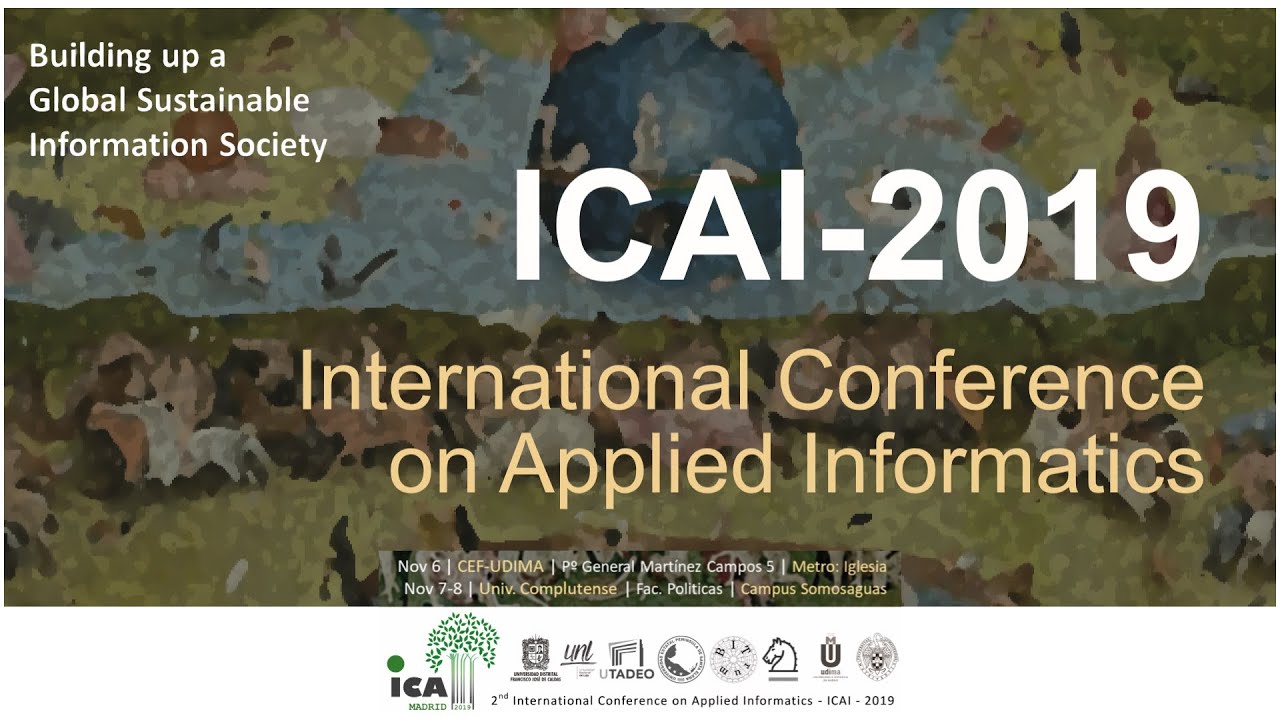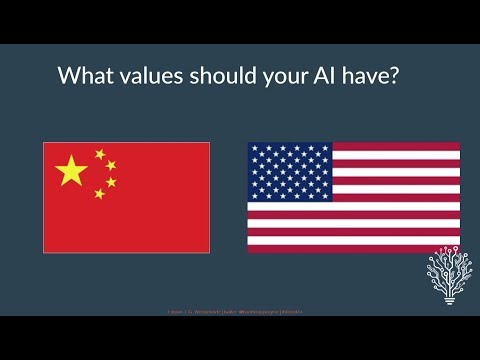Universidad a Distancia de Madrid, UDIMA
Luis de-la-Fuente-Valentín
Luis de-la-Fuente-Valentín holds a PhD in Telematics Engineering, obtained at Universidad Carlos III de Madrid. He currently teachs at Universidad Internacional de La Rioja (UNIR), where he is also director of the Data Driven Science research group. He has participated in European and national funded projects related to the field of Technology Enhanced Learning and Analytics. His research areas include supporting systems for instructional desing, with the proposal of a generic service integration layer for the IMS-LD specification, and the use of such services to improve the workflow in complex learning settings. He lead the A4Learning Project that uses Learning Anatytics techniques to support the teacher in tutoring tasks by providing information of the estimated student progress.
Keynote: Learning Analytics: the use of Big Data in the classroom to improve the teaching/learning experience
Abstract: The rise of Big Data and Artificial Intelligence techniques has impacted many áreas, and education is not out of the scope of such techonolgy. One result is the Learning Analytics field of study, whose aim is to provide methods and tools for the better understanding and improvement of the teaching/learning process. This talk will present the most relevant challenges in the way to adopt Learning Analytics as a efficient tool in the actual classroom, as well as some examples and ideas that show the potential of this research field.
Florencia Pollo-Cattaneo
Florencia Pollo-Cattaneo has been professor of Computer Science – Artificial Intelligence within the Degree Program in Information Systems Engineering, since 1996, at the National Technological University – Regional School of Buenos Aires (Argentina). She is currently also the director of the GEMIS research group and the Master in Information Systems Engineering at the same university. She has been an Information Systems Engineer since 1992, then specialized in the construction of expert systems at the Technological Institute of Buenos Aires (ITBA). She also obtained a Masters Degree in Software Engineering from the Technological Institute of Buenos Aires (ITBA) and in the Polytechnic University of Madrid (Spain). Finally, she graduated as Doctor of Computer Science at the National University of La Plata (Argentina).She has published over 60 academic and industrial papers in noteworthy peer-reviewed publications. She has participated in numerous national and foreign congresses, courses and workshops, as a panellist and organizer. Her concern for the socio-cultural projection of the discipline has earned her the recognition of her opinion as a reference in the specialized scientific press.
Keynote: Artificial Intelligence for the Solution of Real Problems
Abstract: Given the success obtained by the application of Artificial Intelligence (AI) in large corporations such as Google, Facebook and Microsoft (to offer new and better services), other companies are imitating them and investing more and more in research and development within that discipline. This situation has led institutions to highlight the importance of the AI in the near future. It should be noted that these benefits are not limited to the existence of ‘thinking computers’, but are about software systems that exhibit some degree of intelligent behavior. Thanks to the latest advances in Machine Learning and Artificial Intelligence, it is easy to let imagination run wild and think about how incredible the future will be. Automatic cars, much more precise medical diagnoses, online purchases completely automated through intelligent chatbots. But, what do we really know about it? We all have our own idea of Artificial Intelligence conceived from news, books, movies or science fiction series. However, this has also given rise to certain myths that need to be dismantled in order to understand what Artificial Intelligence really is and what it really means. In this context, the aim of the talk is to provide a complete review of the evolution of AI and its main applications, as well as the myths and realities of what will come with it in the future.
Source



